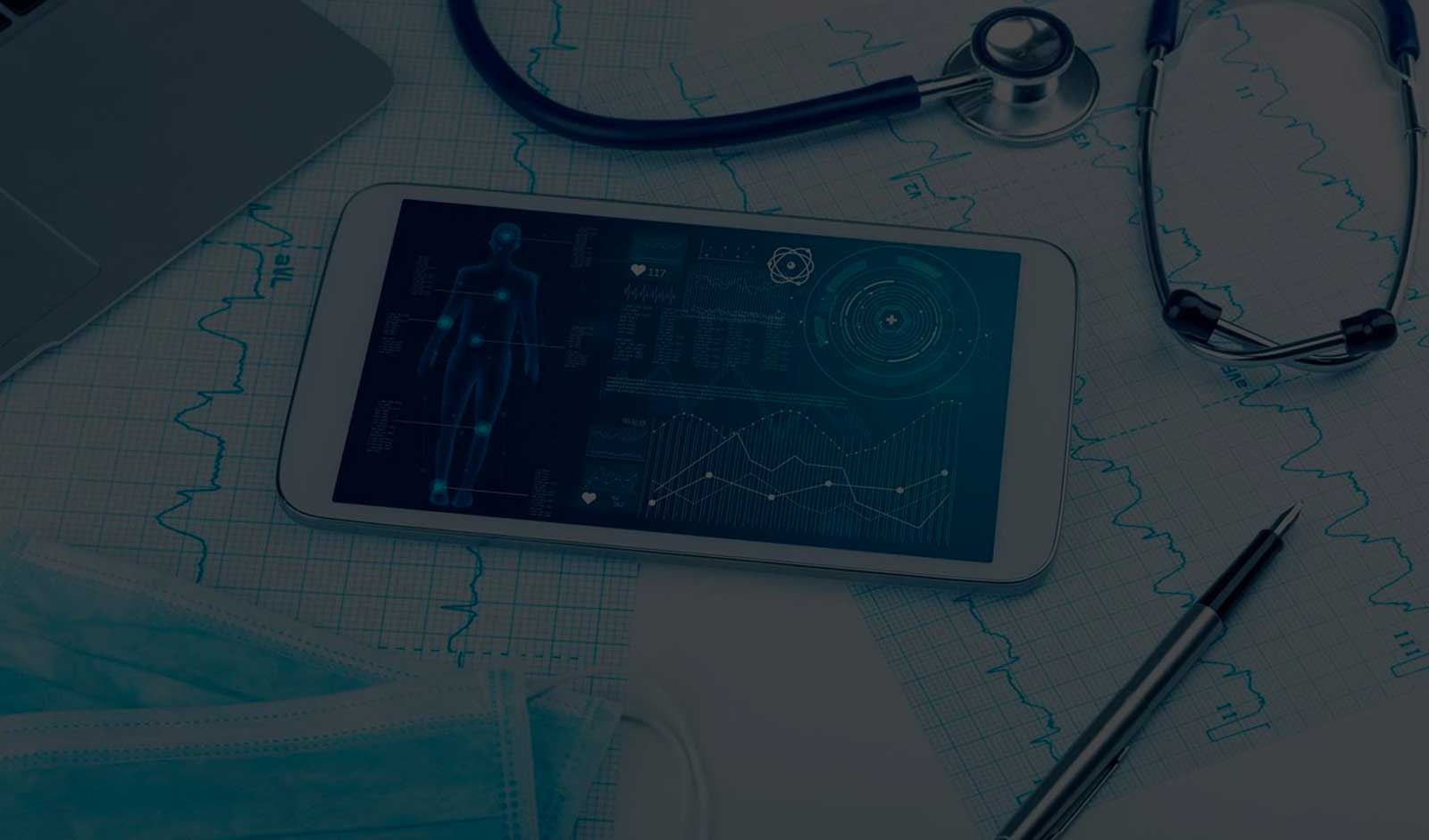
Data is the New Medicine
The mindset of successful leaders facing a tsunami of data is simple; sink or swim in the sea of data.
Imagine, if you will an extraterrestrial’s visit to our solar system. She’d do as we do when approaching something new. She’d check things out. Starting with the big things. Perhaps, first the sun. Then the planets.
And as she scanned the third planet from the sun she would find a habitable orb, two thirds covered with water, one third traversable by land.
100% covered by a sea of data, 100 miles deep.
A sea of big data.
ET would believe we live and thrive within this sea of data; swimming about numbers and digits rising from the hardened surface of the planet to a height exceeding 100 miles.
And within the sea of big data, ET would find structured and unstructured data in the form unlimited combinations of videos, text messages, voice calls, research data sets, formulas, positioning data, and, of course reams of medical data spanning patient history, real time monitoring, symptoms, imaging, and prescriptions.
Perhaps our alien visitor would know how best to apply the medical data rushing through our 100 mile sea on behalf of those in need of care.
And if ET does know how to best transform and apply such data as actionable information, I hope she’ll tell caregivers and managers of clinicians how to do so.
Because, despite industry-spanning efforts by organizations seeking to advance the practice of medicine, many at the practitioner level do not yet know how to transform data into actionable information.
For many practitioners data is an input; info to be entered into a chart. For many, data is descriptive in nature, collected to answer questions such as, “What has occurred?”
Perhaps ET might suggest ways in which practitioners might transform data into actionable information in order to better:
Diagnose, applying data to answer a question such as, “Why did this occur?”
Predict, applying data to answer a question such as, “What may happen next?”
Prescribe, applying data to answer a question such as, “What might we make happen next?”
Within the medical industry, data is collected at an unprecedented rate. Yet, not all participants have moved past the descriptive efforts to convert data into actionable information.
Available as electronic health records, patient generated data, physicians’ notes, claims data, registries, surveys, clinical trial, imaging data, purchasing data, and prescriptive information (to name a few forms), data is poised to become the new medicine.
But broad portions of practitioners within the healthcare industry do not think in terms of data as a tool.
At the practitioner level, data is often experienced as a source of frustration.
Data equates to an open chart, results queued for review, outstanding patient notes, or a struggle to select the correct billing code.
For many practitioners, data is an input.
Data is an ends, not a means.
It’s not yet considered an output – transformable into actionable and applicable information.
Practitioners must change their mindsets if data is to become an output; an actionable form of information to be used as a medicinal tool.
Such transitions have occurred before. Healthcare’s not the first industry to be awash in a sea of data. Industries such as consumer retail, online advertising, financial services, marketing, social media and big pharma (to name but a few) have been hit with a tsunami of data.
The leaders of those industries embraced data.
Learned from data.
They converted data into actionable information.
The mindset of successful leaders facing a tsunami of data is simple; sink or swim in the sea of data. Leaders within the above mentioned industries swam. And after treading water, they created the data version of speedboats in the form of emerging patterns, applied AI, analytics dashboards, and data visualization. They surfed data to success.
Some – like Apple, Aetna-CVS and Google – created data’s version of supertankers (or, perhaps, nuclear submarines) as they learned to confidently navigate the swelling sea of data.
Within the healthcare industry however, providers (as opposed to pharma firms or pharmacies) seem to flounder, awash in data and uncertain how to move forward. Hours of patient reports, results, billing codes and reimbursements tend to taint provider attitudes toward data.
The focus is on input, not output.
And this focus is a mindset.
A leadership mindset.
A changeable mindset.
Big data is more than a weight; more than a burden to be shouldered while treading water.
Big data in healthcare is now actionable. Just ask the leaders.
Organizations such as Aetna-CVS (see: Aetna’s Triage app and vertical integration with prescription and clinics and prescription savings), Mayo Clinic (see: identification of patient comorbidity), and N.V. Philips (see: collection of nearly 400m healthcare records and inputs) are converting data into actionable information to better serve patients and customers.
Diabetes data, drawn from wearable devices, helps the individual with monitoring and alerts (among other elements) and aggregates data to report on trends and correlations between patient attributes, ready to improve the lives of millions living with diabetes.
NIH’s Big Data to Knowledge effort aggregates and provides big data sets to researchers. Researchers in healthcare get big data.
Nontraditional healthcare players such as Fitbit or Apple draw data from wearable devices for conversion into actionable outputs as their platforms help monitor, warn, and advise customers.
Healthcare providers must embrace big data as an applicable tool of remedy.
Data must be considered an actionable output.
Data must be considered a form of medicine.
Healthcare leaders must consider data as a strategic partner – an advisor – working shoulder to shoulder with physicians and providers to better patient quality of life.
It’s big data.
And big data is the new medicine.


